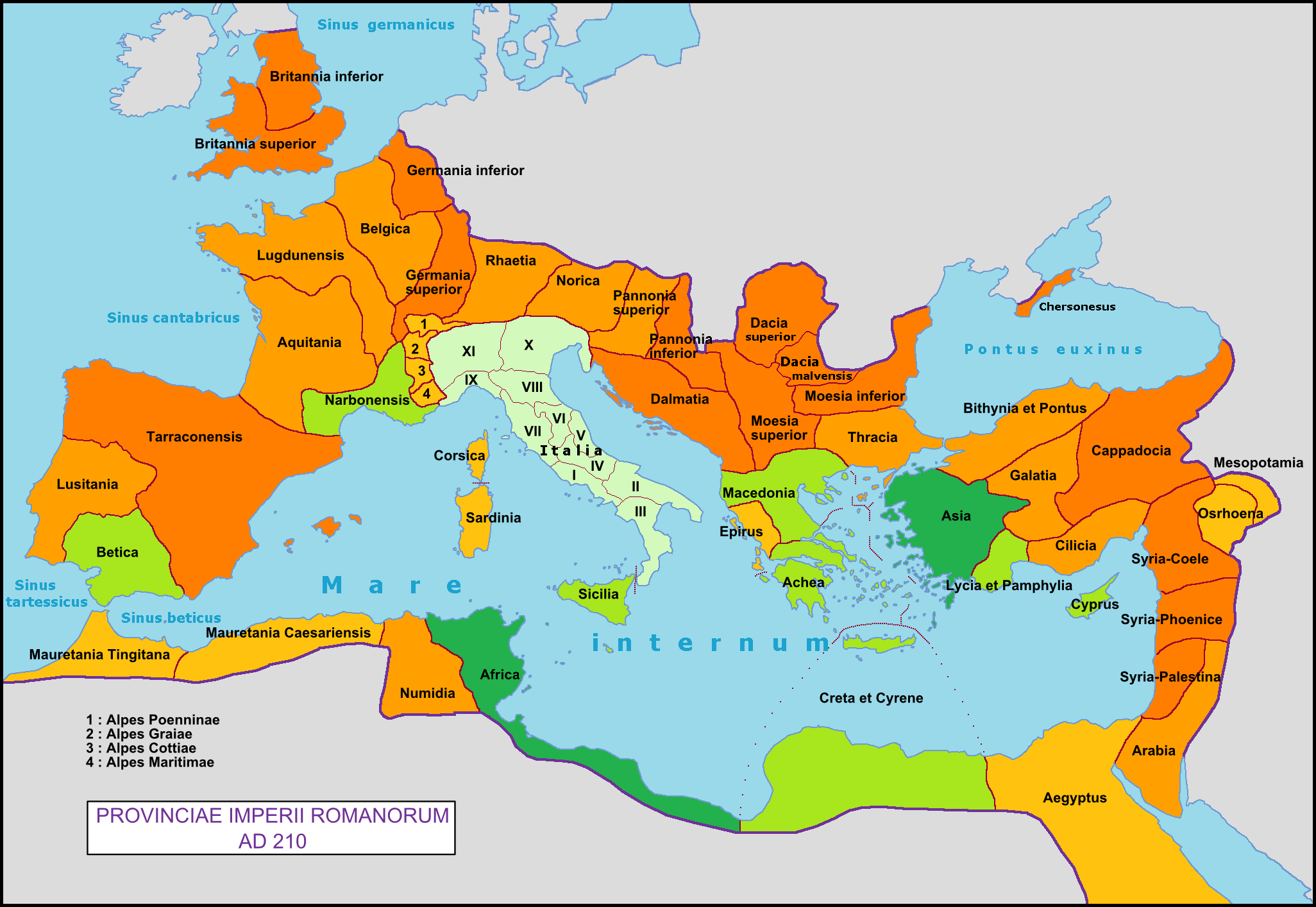India’s decision to stay out of the Regional Comprehensive Economic Partnership (RCEP) may increase Southeast Asia’s dependence on China, but a recently opened corridor between Thailand and Myanmar could ease those concerns by bringing new business opportunities for five ASEAN countries and India.
The Deltas of seafaring and commerce.
The new bridge – part of the East-West Economic Corridor between Thailand and Myanmar that opened a few weeks ago will give Cambodia, Laos, Myanmar, Thailand and Vietnam access to the vast Indian market and reduce heavy reliance on China, ET has learnt.
The second Thai-Myanmar Friendship Bridge across the Moei River, which connects Myawaddy, a city in Myanmar’s eastern region, and Mae Sot district in western Thailand, was built at a cost of about $140 million, according to the Thai government. Distribution of goods will become smoother on this new highway link.
The East-West Corridor is a project to build a large economic bloc along a 1,700-km land route from Vietnam to Myanmar via Laos and Thailand. From there, Southeast Asian states can gain access to India over the Bay of Bengal.
India has built a port at Sittwe in Myanmar, which will be linked to Mizoram state in the north via a multi-modal transport network. Besides, a highway connecting India with Thailand via Myanmar could become operational by 2020 and may be expanded to Vietnam. India and Thailand recently signed pacts for port connectivity, adding meat to the Act East Policy and the Indo-Pacific vision.
Besides, India is expediting a maritime connectivity link between the Andaman and Nicobar Islands and Aceh in Indonesia, where it will build a port in Sabang. India has major plans to expand its presence in the Ganga-Mekong region, which covers the five ASEAN states.




